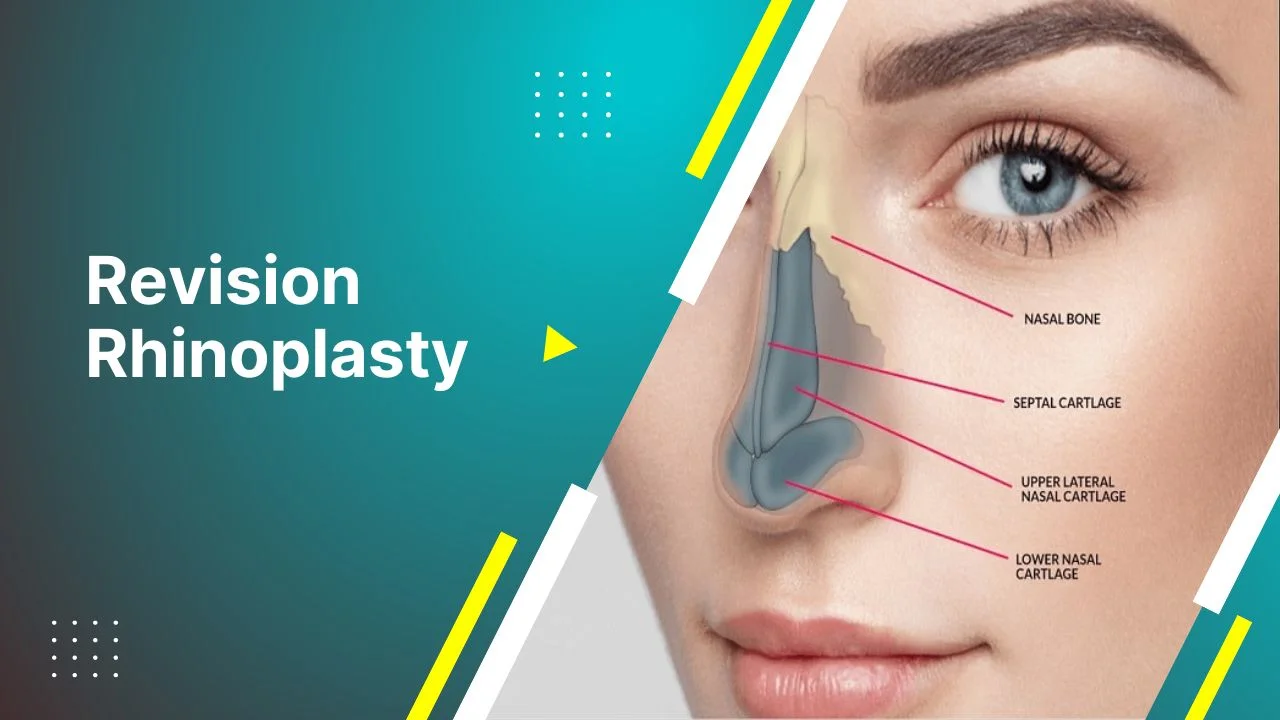Although liposuction is one of the most preferred procedures in aesthetic surgery, there is a lot of misinformation about it. Common misconceptions, such as that it is a weight loss method or that it provides permanent results, make it difficult to reach accurate information about liposuction. In this article, we will address the most common misconceptions about liposuction and share with you the correct information about what this popular procedure really is and who it is suitable for.
What is Liposuction and What is Not?
Liposuction is one of the most popular cosmetic procedures, designed to remove excess fat deposits from specific areas of the body. It’s important to understand that liposuction is not a solution for obesity or a replacement for weight loss programs. Instead, it targets localized fat that has been resistant to diet and exercise. Common areas treated include the abdomen, thighs, buttocks, arms, and chin.
Liposuction is often misunderstood as a “quick fix” for achieving the perfect body, but in reality, it is a body contouring procedure meant to enhance the body’s natural shape. While it does remove fat cells from the treated areas, it is not designed for significant weight loss or to drastically change your body size. It’s also important to note that liposuction does not address skin laxity or cellulite. People with good skin elasticity and muscle tone are typically the best candidates, as this allows the body to better adapt to the new contours post-procedure.
Understanding what liposuction can and cannot do is essential for setting realistic expectations and achieving satisfying results. It’s about refining and enhancing your body’s natural shape, not about transforming it entirely or achieving weight loss.
The Misconception that Liposuction is Only for Weight Loss
One of the most common misconceptions about liposuction is that it is a weight-loss procedure. Many people believe that liposuction will eliminate significant amounts of body fat and allow them to avoid traditional weight-loss methods like diet and exercise. This is far from the truth.
Liposuction is best suited for individuals who are already at or near their ideal weight but are struggling with stubborn pockets of fat that do not respond to lifestyle changes. Typically, liposuction removes only a small amount of fat—about 1 to 5 liters depending on the area being treated. It is designed to contour and shape specific areas, not to shed pounds or treat obesity. Patients who undergo liposuction for weight loss purposes are often disappointed because the results may not align with their expectations.
In fact, for those who are significantly overweight, surgeons usually recommend losing weight through natural means before considering liposuction, as it is not effective for addressing widespread fat accumulation. The goal of liposuction is not to help you lose weight but to enhance body proportions and refine the silhouette in a balanced, aesthetically pleasing way.
Correct Information About the Recovery Process After Liposuction
The recovery process after liposuction is another area where misconceptions abound. Many patients expect to resume their daily routines within a few days of the procedure, but the truth is that recovery can take several weeks, depending on the extent of the treatment. Immediately following liposuction, swelling, bruising, and discomfort are common. Most patients will need to wear a compression garment for several weeks to help reduce swelling and support the new contours.
Patients should be aware that the final results of liposuction can take several months to become fully visible, as the body needs time to heal and adapt to the changes. It’s important to avoid strenuous physical activity during the initial recovery phase, but light walking is encouraged to promote circulation and prevent blood clots.
Additionally, following post-operative care instructions from your surgeon is crucial to minimize complications and ensure optimal healing. This includes staying hydrated, maintaining a healthy diet, and taking prescribed medications. While the recovery process might seem lengthy, it’s a necessary part of achieving the best possible results.
Permanent Results of Liposuction and Expectations
Liposuction does provide permanent results in terms of fat removal, but it is important to manage expectations. Once the fat cells are removed from the treated areas, they do not grow back. However, if a patient gains significant weight after the procedure, the remaining fat cells in other parts of the body can enlarge, which may alter the overall body contour.
Maintaining a stable weight after liposuction is key to preserving the results. This means continuing with a healthy lifestyle, including a balanced diet and regular exercise. While liposuction can permanently eliminate fat cells, it doesn’t prevent future weight gain. If weight is gained after the procedure, fat may accumulate in untreated areas, potentially leading to a disproportionate appearance.
Additionally, liposuction is not a solution for issues like sagging skin or cellulite. Patients who have concerns about loose skin may need additional procedures, such as a tummy tuck, to achieve their desired results. The most satisfying liposuction outcomes occur when patients have realistic expectations, understanding that the procedure enhances body contours but is not a substitute for weight management or skin tightening.






